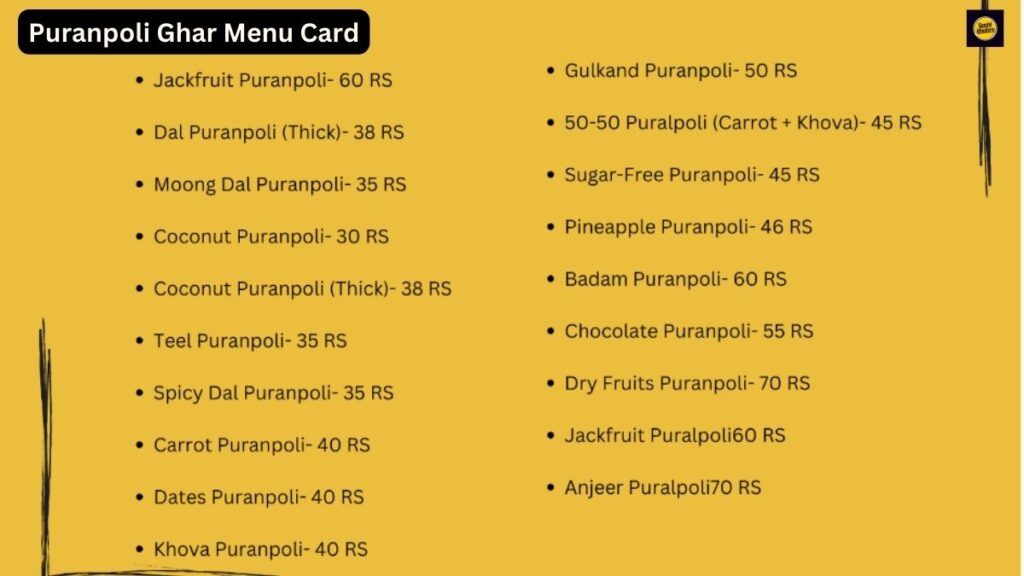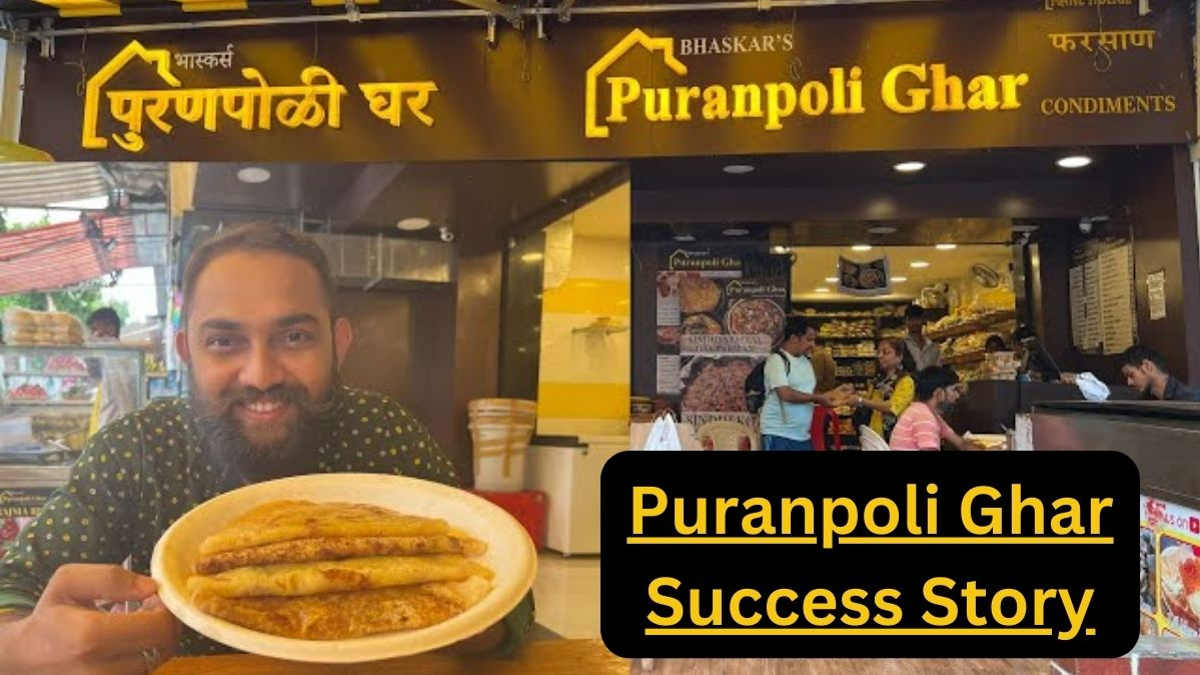Puranpoli Ghar Success Story: Friends, you all must have seen the Shark Tank India show. In this show, many people came to present their businesses, out of which some got funding and some did not. Similarly, Bhaskar also took his business to the Sharks. Came to pitch in front of but did not get funding. But even though he has not been able to get funding, he has still won the hearts of people.
KR Bhaskar, a resident of Karnataka, once worked in a hotel, but today he has created a business worth crores due to his hard work and dedication. His journey is full of many struggles. His business Puranpoli Ghar today does a turnover of crores and today we will talk about this Puranpoli Ghar Success Story.
Puranpoli Ghar Success Story -:
KR Bhaskar’s business extends from Karnataka to Maharashtra and his business has made a net profit of around Rs 4 to 5 crore in this financial year. Today Bhaskar is at the pinnacle of success but his story was not so easy.
Sometimes used to clean utensils and tables in hotels -:
K Bhaskar said in an interview that he used to work as a letterman in a hotel in Bengaluru till 25 years ago. He was around 12 years old at the time. He worked as a cleaner in the hotel for 5 years, after which He also ran a paan shop for some time but he was not earning much from all this work.
But at the age of 23, he started selling Puranpoli on his bicycle and today he is a successful business owner.
Became famous through a cooking show -:
Bhaskar says that he was selected for a cooking show and became very famous around him. Gradually his company started growing and today Bhaskar opens a new outlet or franchise every 5 to 6 months.
Puranpoli Ghar Menu Card -:

Added 2 more partners to expand the business -:
Today, Bhaskar’s business has spread not only in Karnataka but also in Maharashtra, the biggest factor of which is his two partners who handle his Maharashtra business. Today they have about 20 shops and more than 10 franchise stores in Karnataka alone. Including all these stores, he makes a monthly turnover of more than Rs 20 crore.
Also Read -:
- DSSSB Recruitment 2024: Bumper recruitment for teaching and non-teaching posts in Delhi, applications start from March 19!
- Article 370 Box Office Collection Day 15: ‘Article 370’ standing strong at the box office, earning in crores on Friday also!
- National Creators Award 2024 Winner List: see full list here!
Today there are businesses worth crores in 2 states -:
Today Bhaskar’s business has become very big and to handle his business, he has taken along 2 associates or partners who handle his Maharashtra business. Today he opens a store every 6 months and is expanding his business. (Puranpoli Ghar Success Story) This company of Bhaskar sells around 2000 Puranpoli every day and apart from this, there are more than 400 snacks in their menu as per the area.
Hope you liked the information given in this article. If you want to know more similar information then bookmark our website because we will keep giving you such interesting information. Also, if you liked this information then do share it with your friends and relatives.
FAQs -:
1. How to eat Puran Poli?
Ans -: Puran Poli Recipe: Puran Poli is a very popular dish of Maharashtra. Whenever you feel like eating something sweet, you can make Puran Poli and eat it. By the way, Puran Poli is especially made on the occasion of Ganesh Chaturthi and Diwali. Puran Poli is like a roti, which is prepared by filling a mixture of pulses and sugar.
2. Why is Puran Poli famous?
Ans -: Puran Poli is the most popular sweet dish of Maharashtra, which is prepared on festive occasions. Especially on the celebration of Ganesh Chaturthi, there is a tradition of making Puran Poli in households in Maharashtra. Many people also make it on the occasion of Diwali. Let us tell you that Puran Poli is a kind of bread, which is prepared from a mixture of pulses, jaggery and flour.
3. Where did Puran Poli originate from?
Ans -: Originally from Maharashtra and Gujarat, Puran Poli is commonly eaten as a sweet flatbread in most Indian regions. However, in some places it is eaten with milk, ghee or sometimes even with kadhi. The accompanying spices vary according to the taste of each region.
